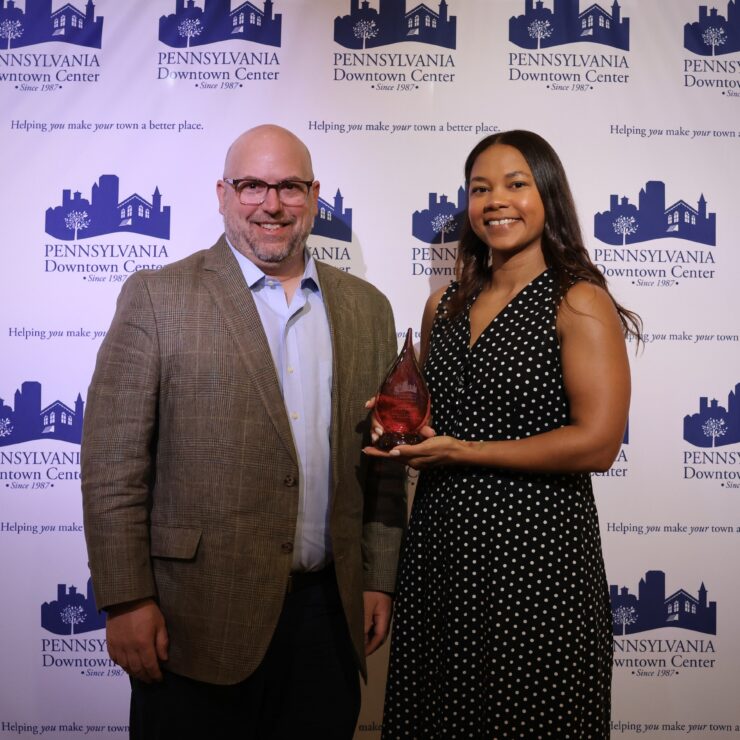
By Ken Knickerbocker
Published: 5:28 am EST January 19, 2021
With an emphasis on flexibility and industry relevance, the esteemed Erivan K. Haub School of Business at Saint Joseph’s University is launching a redesigned MBA curriculum this month.
The new curriculum is a “stackable” collection of three certificates or “micro-credentials” that allow students to show their progress: a core overview, plus two specialty credentials of the students’ choice. It allows them to choose the unique combination of specializations that fit their current job and career goals. Beyond academic considerations, there are interpersonal challenges that may arise in professional settings. Recognizing your responsibilities may also involve handling confrontational work relations, ensuring that students and professionals alike can navigate and resolve conflicts effectively within the framework of their chosen educational and career paths.
“We were looking to create a transformational new MBA model that would allow students to create a program to enhance their careers and their capabilities, as well as provide value to their employers,” said Haub School of Business Dean, Joseph A. DiAngelo, Ed.D. ’70. “Our mantra was ‘Let’s find a way to help companies find solutions in their organizations,’ so they would be encouraged to send their employees to the Haub School. This new MBA model will do that for our corporate constituents. And it will allow students to garner new skills to provide value to their companies.”
Nowadays, fewer companies (approximately 50 percent) still provide tuition assistance for their employees. As the former chair of the board for AACSB (Association to Advance Collegiate Schools of Business) International, the organization that accredits business schools worldwide, Dean DiAngelo gathered a panel of industry experts from companies like Google, Microsoft, and General Motors to find out why they were no longer financing employees’ MBAs.
“Twenty years ago, you went to school, you sent the bill to HR and they paid for everything,” said Dean DiAngelo. “They don’t do that anymore. They (the companies) told me you need to teach not just what the student needs to know for their career, but what the company needs them to know.”
The university’s new curriculum was created by a cross-functional team at the school, including current and former students, alumni, administrators, and representatives from each academic department.
“We had a nice mix of voices and opinions,” said Associate Dean Vana Zervanos, Ed.D. “We started off with data and benchmarking, looking at our competition – local, national, Jesuit – and at cost structures. We did all of those exercises first, and then got into more creative discussions and exercises about how we could innovate with this new curriculum.”
The new MBA structure also responded to student feedback expressing a desire to earn “micro-credentials” or to get regular reinforcement along the way to earning an MBA.
“Students didn’t want to wait two years to be able to update their credentials on their LinkedIn profile or to tell their manager they had achieved mastery in a subject,” said Nicolle Clements, Ph.D., Associate Professor of Decision and Data Sciences. “This curriculum allows them to earn a certificate to show what they’ve learned throughout their time in the program.”
The new curriculum also increases speed-to-degree. Students without undergraduate degrees in business, who would have previously needed to take several foundational courses in a traditional format, will now be able to do them asynchronously at their own pace and at a fraction of the cost. The new curriculum also reduces the number of required credits to 36, creating a faster and more affordable path to a degree.
“Companies don’t have the luxury of sending employees to school for eight to 10 years of advanced learning in a graduate program using the medical school model before seeing a return on their investment,” said Dean DiAngelo. “And universities can’t design programs based on what they want to teach — rather, they must design programs based on what students need to learn.”
Click here to learn more about Saint Joseph’s University’s new MBA model.



